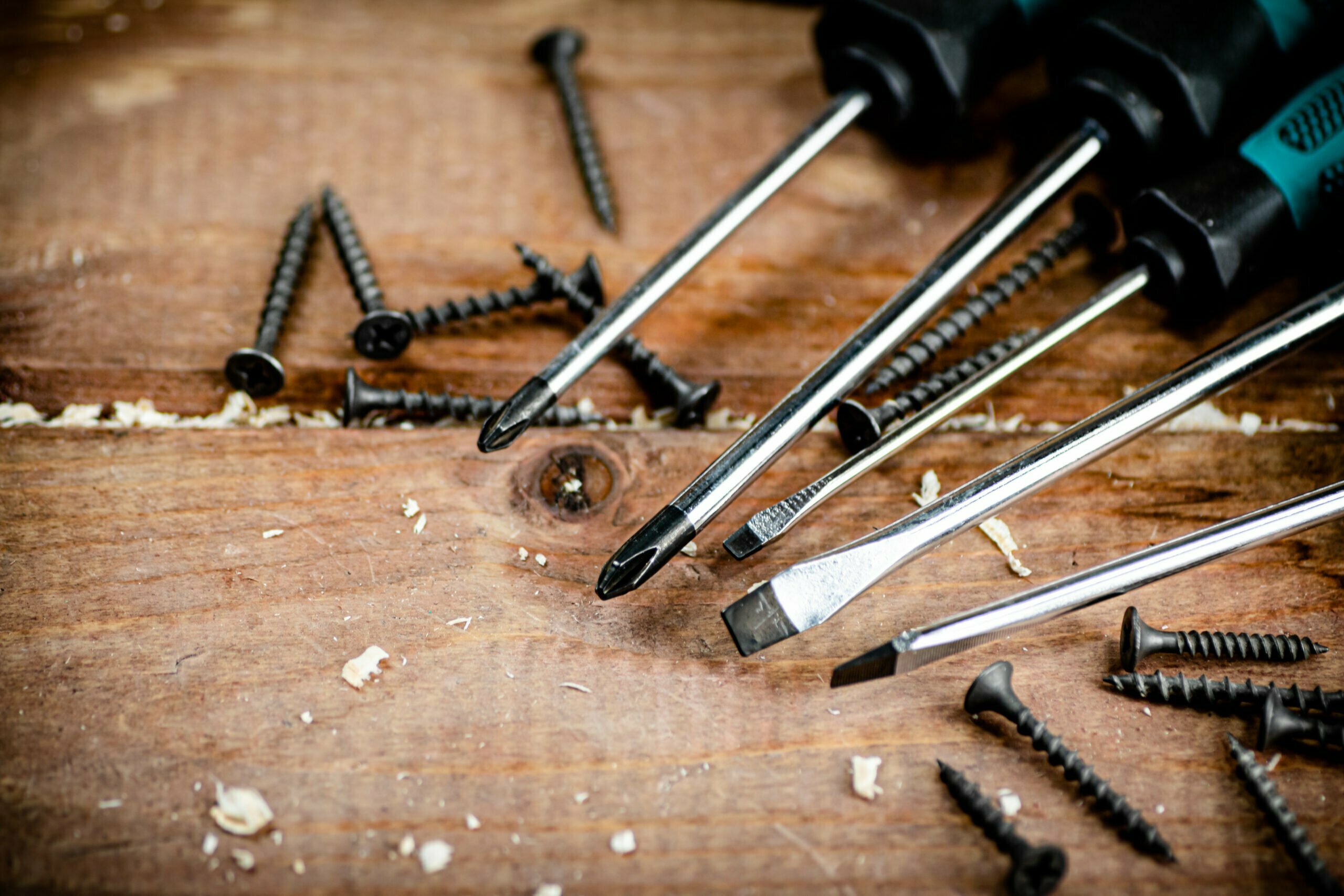The impact of different running surfaces on joints is significant. The different surfaces create varying levels of impact, which can lead to different types of injuries. It is important to know how different types of surfaces can impact your joints before you begin an active lifestyle. Keep reading to learn more about different types of running surfaces and their impact on your joints.
Research on Surfaces and Joint Pain

According to a study by the University of Utah, running on asphalt results in less impact force than running on concrete. The study found that when participants ran on an asphalt surface, the impact force was 4.6 times lower than when they ran on a concrete surface. This is because asphalt is a softer surface than concrete, which means it’s easier on your body. As a result, you’re less likely to experience injuries like stress fractures, shin splints, and knee pain.
Another study found that running on a treadmill resulted in less impact force than running outside, which may be due to the fact that treadmills have a cushioning effect, like running tracks. Tracks are often seen as the best option for runners, as they provide a consistent surface with minimal impact on the joints. However, even tracks can be hard on the body if used excessively or if the track is in poor condition.
Hard Surfaces

Running on hard surfaces can lead to pain in the joints. When you run, your feet hit the ground with a certain amount of force. This force is distributed through your body, and it is especially concentrated in your joints. If you run on a hard surface, such as concrete or asphalt, this force is magnified. This can lead to pain in the joints, especially in your knees and hips. If you are feeling joint pain or think you may have a sports injury, it is important to consult a doctor. You can easily find an orthopaedic doctor in your city by searching the internet. For example, DOC Orthopaedics & Sports Medicine specializes in orthopaedics and sports medicine in Decatur, AL. An orthopaedic doctor can help you with joint replacement, tendon issues, ankle problems, and other common issues.
Orthopaedics and sports medicine have been interested in the effects of running on the body. A study published in the journal “Arthritis Care & Research” examined MRI scans of runners’ knees. The study included 246 runners who were asked to report how much they ran and what type of surface they ran on most often. The results showed that there was a significant difference in the amount of joint damage between those who ran predominantly on hard surfaces versus those who ran predominantly on soft surfaces. Runners who mostly ran on hard surfaces had more evidence of cartilage loss and meniscal tears than those who mostly ran on soft surfaces. This suggests that running on softer surfaces may be better for your knees in the long run.
Soft Surfaces

If you are prone to joint pain, you may want to consider running on a softer surface. Studies have shown that the impact is reduced when landing on a surface that has some elasticity, such as grass or sand. This is because the surface gives a little bit when your foot hits it, which reduces the force of impact.
Surfaces such as grass or dirt are much gentler on your joints than concrete or asphalt. You may also want to try using a running track instead of running on the street. A running track has a softer surface than most roads, and it will also help to absorb some of the impacts from your footsteps. Choosing a softer running service will make your active lifestyle more enjoyable.









